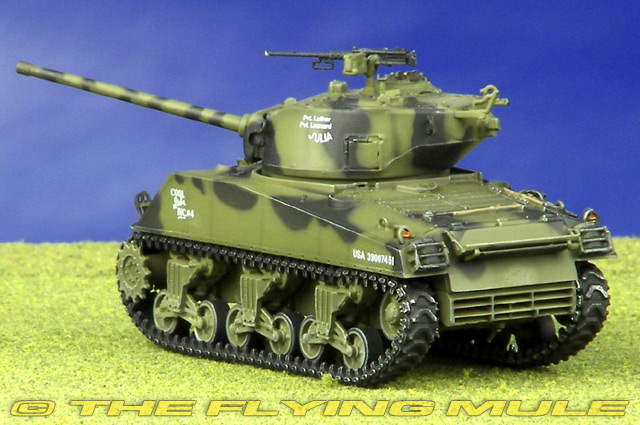

The P-38 had been given a new nickname: the “fork-tailed devil.”įirst conceived in 1937 by Lockheed chief engineer Hall L. officials realized the focus of the pilot’s madness. Within six months, as the P-38 showed its versatility in North Africa, a lone hysterical German pilot surrendered to soldiers at an Allied camp near Tunisia, pointing up to the sky and repeating one phrase- “der Gableschwanz Teufl”-over and over. The pilot, pumping 409 rounds per minute from its nose-mounted machine guns, dispatched the Condor in seconds, marking the first successful American engagement of a German aircraft during World War II. With its distinctive design, the P-38 was sleek but its twin tails gave the Lightning a radical new look. Its crew had never encountered anything quite like it before.

The aircraft’s target, was a German Focke-Wulf Fw-200 Condor patrol bomber. True to its name, the P-38 was akin to a force of nature: fast, unforeseen and immensely powerful.

The pilot in a new American fighter, the P-38 Lightning, peeled down from the skies over Iceland on August14, 1942.


 0 kommentar(er)
0 kommentar(er)
